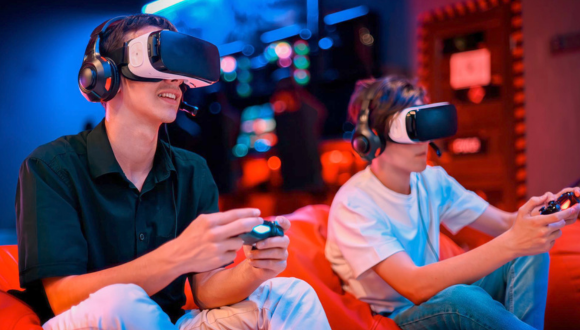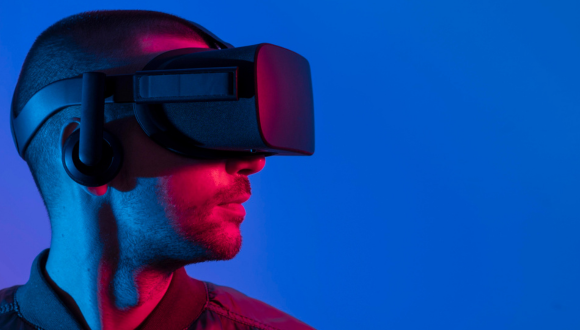VR User Engagement and Growth Trends
More and more users' VR engagements around the world show a rising potential of this technology.



Frequency of Use VR
Among active VR users, engagement is relatively high. Surveys in 2023 found that 88% of VR headset owners use their device multiple times per month, and about 60% use VR at least once a week. This suggests that those who do enjoy VR gaming tend to return regularly. Many VR gamers have integrated VR sessions into their weekly entertainment routine.
Session Length & Content
VR play sessions are often short-to-medium length. Only 13% of users spend more than 1 hour continuously in VR – most play in bursts of 30–45 minutes, a few times a week. This is likely due to the physical and cognitive load of VR, as well as the design of VR games.
Still, gaming is the number-one use: about 70% of VR headset owners use them to play games (the most common activity), followed by experiences like VR video/films, fitness apps, and social VR. Hit games like Beat Saber, VR Chat, and Half-Life: Alyx have garnered dedicated followings across regions, driving ongoing usage.
Retention Challenges
A critical trend is the drop-off in active usage over time. As noted, a large portion of headset buyers become inactive after the novelty wears off. Meta’s data showed less than 10% of Quest owners were monthly active in mid-2023 (i.e. roughly 2 million out of 20 million).
This retention issue is “VR’s best-kept secret” according to some analysts. It highlights the need for more compelling content and improvements in comfort. The industry is responding by investing in deeper games, multiplayer experiences, and features to entice lapsed users back into VR.
Growth Trajectory
Despite hurdles, all regions are seeing year-over-year growth in VR gamers. The global VR gaming market size was about $12.1 billion in 2022, and while estimates vary, it’s expected to continue expanding through 2025 and beyond. Hardware sales dipped slightly in 2022–2023 (e.g. global VR/AR headset shipments fell 8.3% in 2023 amid anticipation for next-gen devices), but new product launches in 2023–2024 (Quest 3, PSVR2, etc.) have reinvigorated interest. By the end of 2024, the VR user base and revenue in most regions were on an upswing again.
For example, North America’s VR market grew to hold ~38% global share, and Europe’s VR sector saw nearly 30% growth in one year. Asia-Pacific’s VR growth continues strong as well, fueled by heavy investment and consumer curiosity. Industry forecasts and surveys consistently indicate a positive trend in VR gaming adoption from 2023 to 2025, with more users coming onboard as devices become more affordable and content libraries richer.
Summary
VR gaming popularity has been rising in all four regions, with each region demonstrating unique patterns: North America and Europe show high per-capita adoption and spending, Asia-Pacific shows high overall volume and investment, and Latin America shows fast percentage growth from a smaller base.
Total player counts are in the dozens of millions per region, but active users at any given time are a fraction of that (due to retention issues). The platform mix also differs slightly – standalone Meta Quest dominates globally, SteamVR (PC) caters to enthusiasts (especially in the West), PSVR2 adds console gamers, and Asia also features local players like Pico.
Engagement metrics indicate that once players find compelling experiences, they use VR frequently, though keeping players hooked remains a challenge. Overall, by 2025 VR gaming is significantly more popular than in years prior, with a worldwide user base easily over 200 million and a growing share of active, repeat players, demonstrating that VR has made meaningful inroads in gaming across North America, Europe, Asia, and Latin America.




